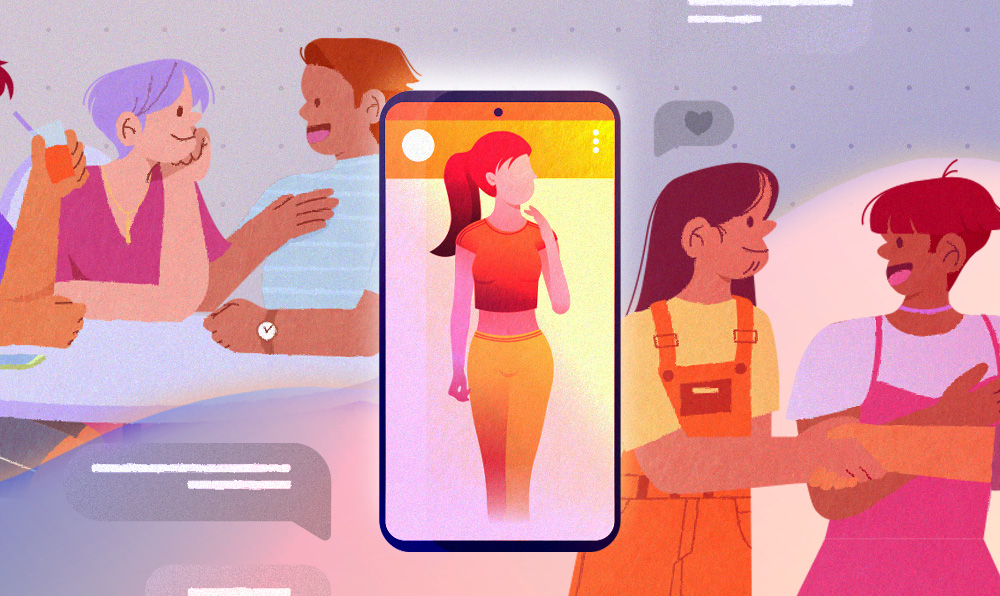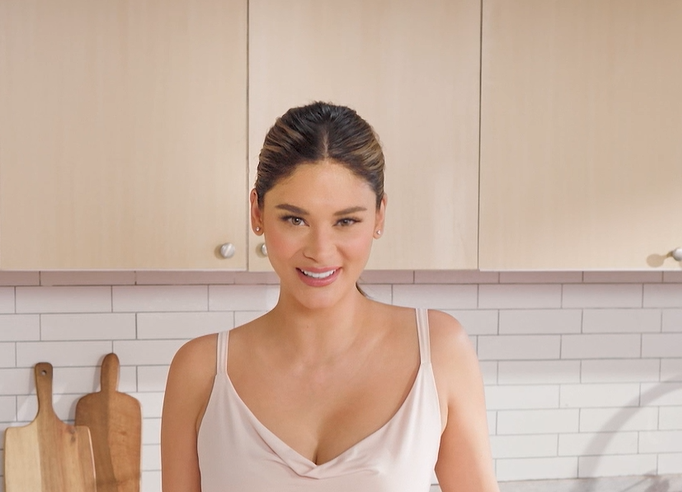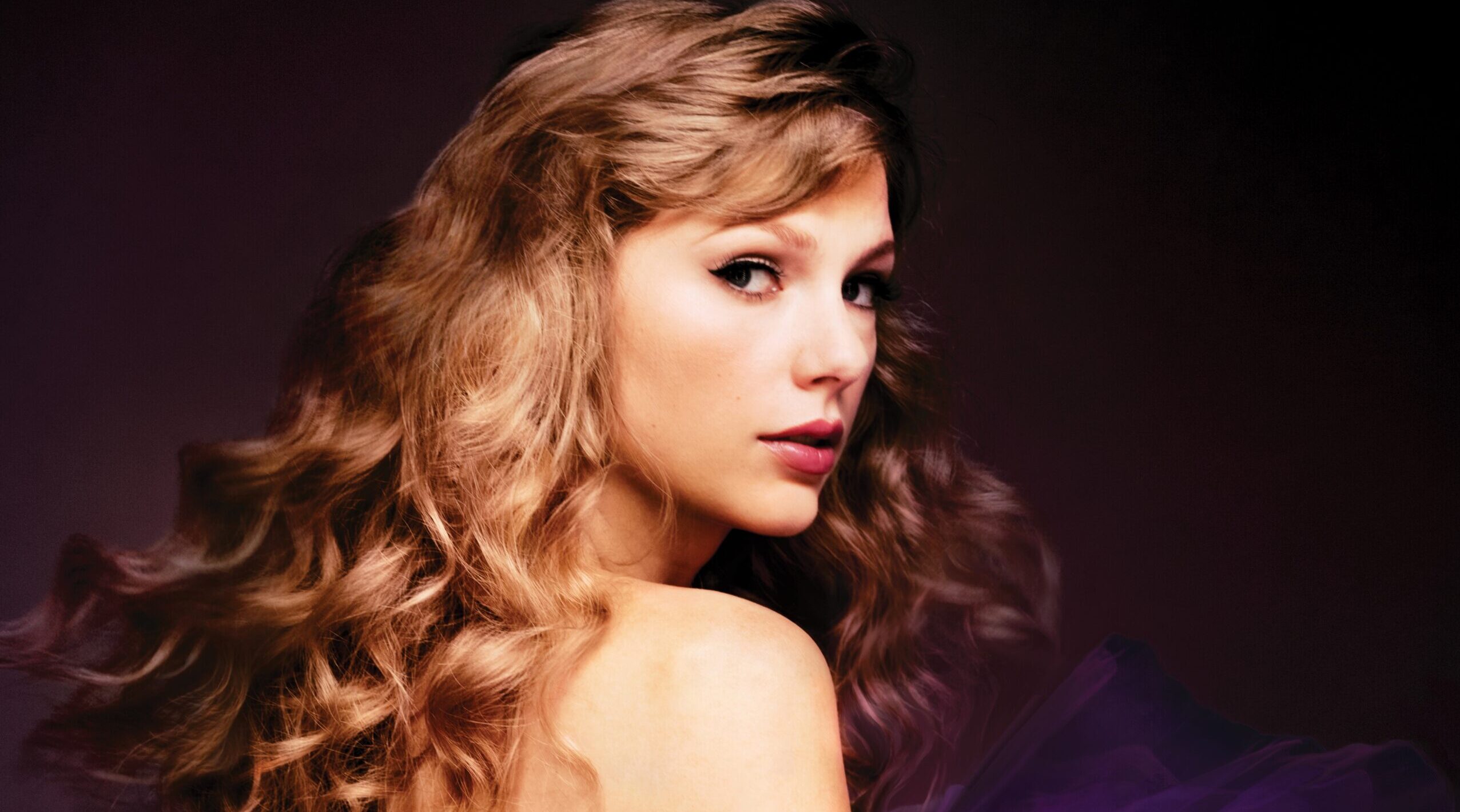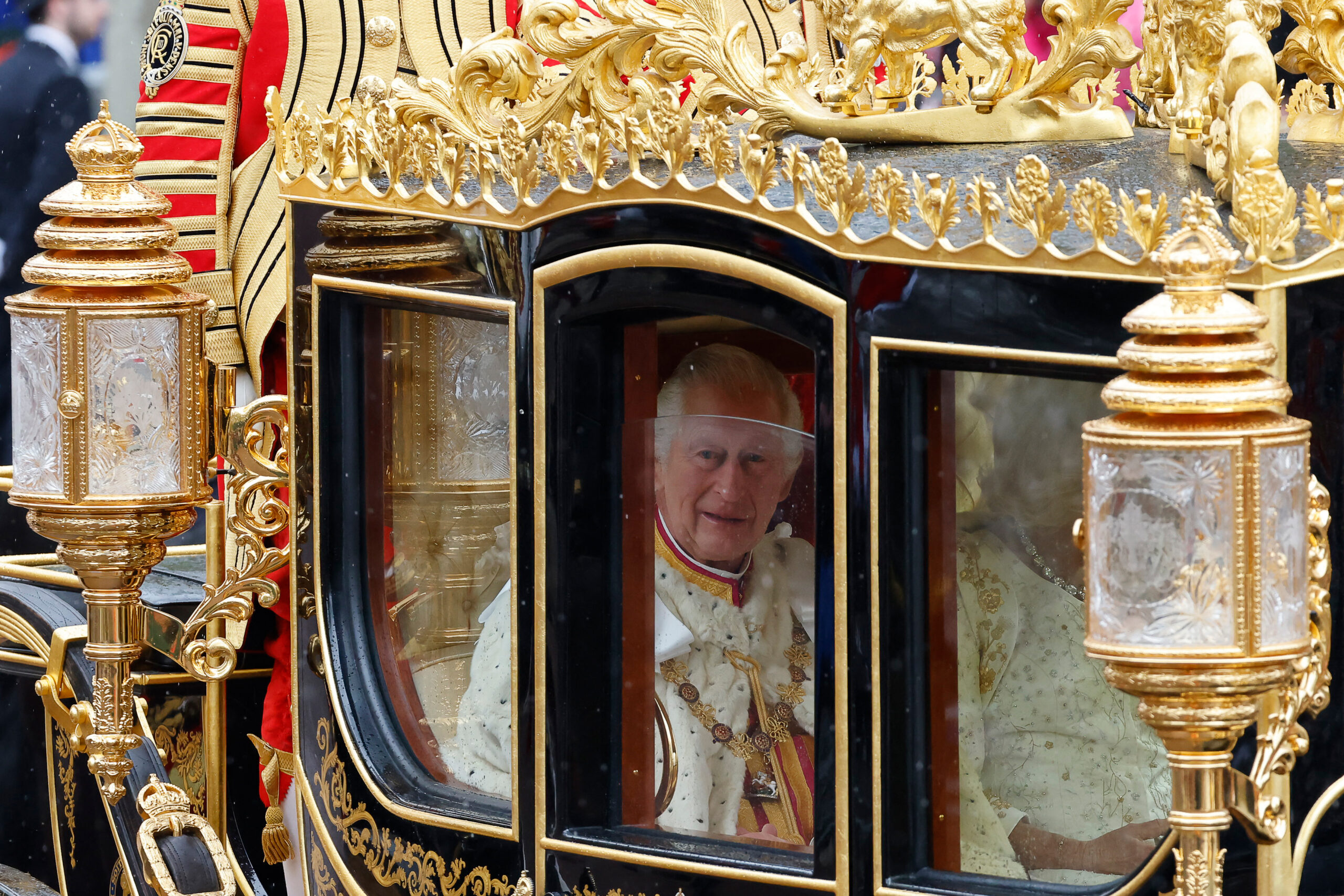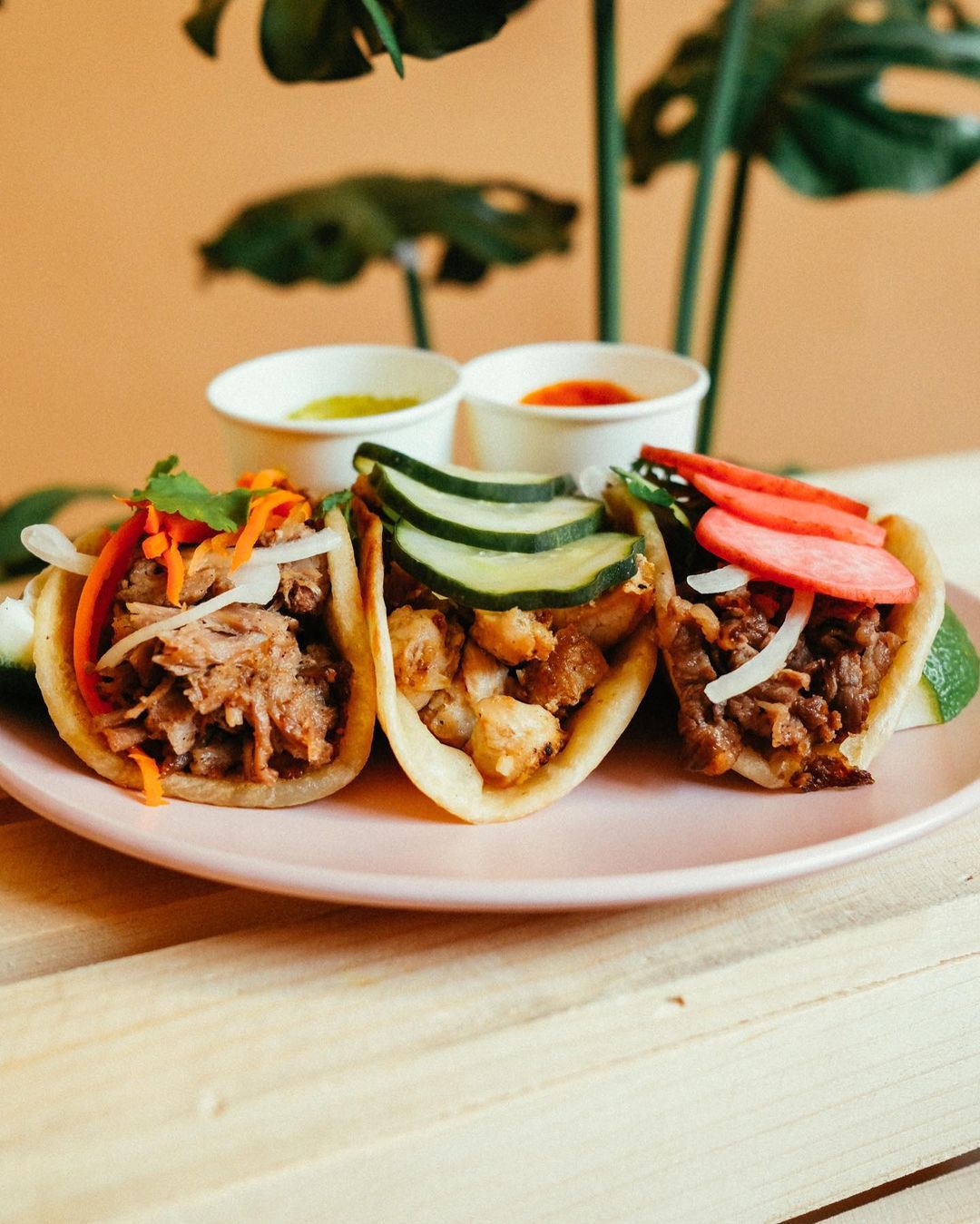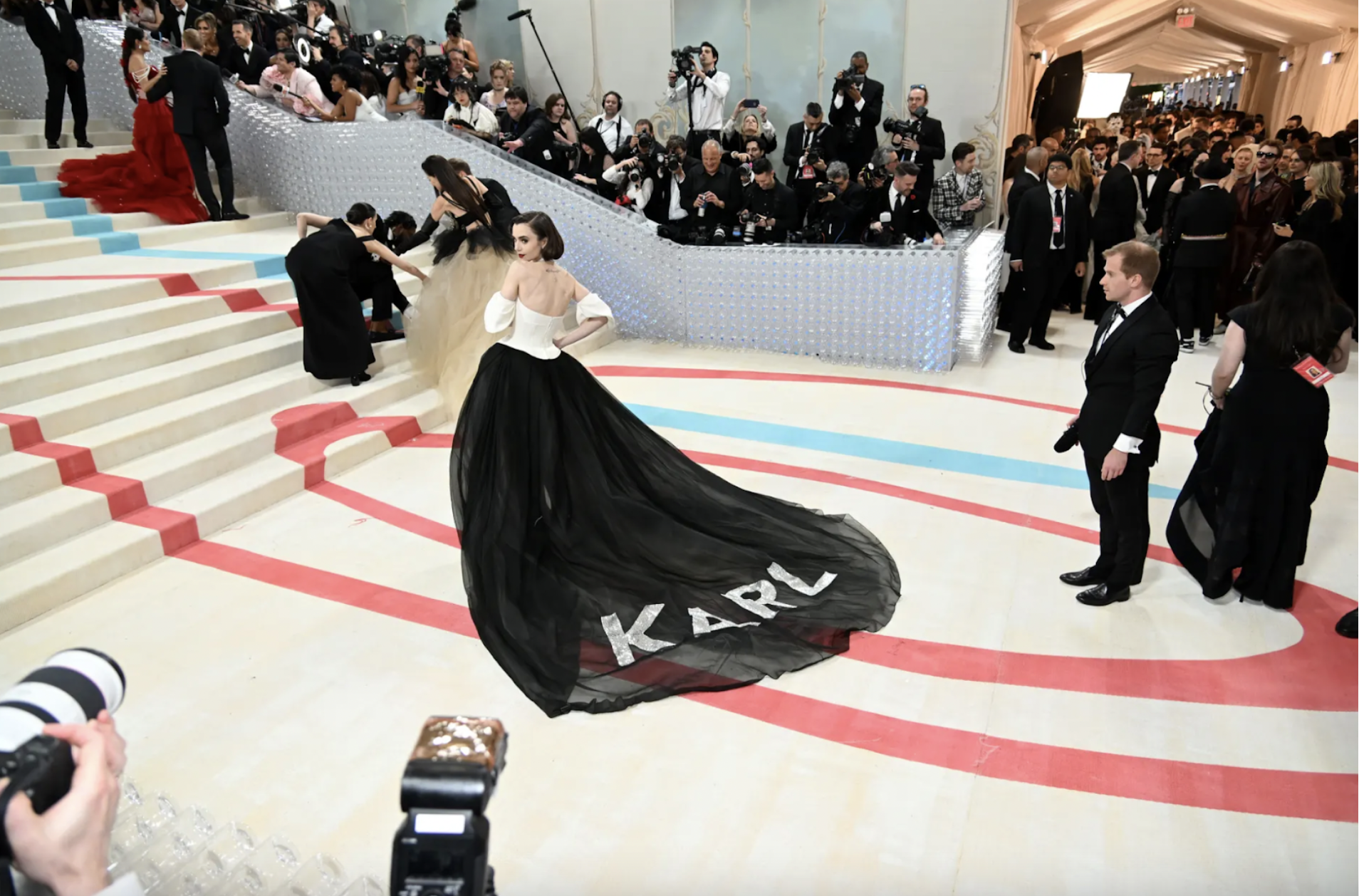We shouldn’t be having this conversation, but here we are, still having this conversation in 2022 because people are still gatekeeping who’s allowed to be trans.
On Twitter, Miyako Isabel,a trans woman and self-proclaimed social media activist, recently called out queer content creator Sassa Gurl after the latter became the face of a liquor brand’s promotional calendar––a brand that has traditionally hired cisgender, heterosexual female models.
Miyako tweeted: “Sorry, you should not represent transwomen (sic). Kaya pinagtatawanan ang transwomen (sic) dahil naririyan kayong mga drag queen na nagrerepresenta sa kanilang pagkababae na hindi laro kundi buhay. Matuto ka sanang lumugar. Ateng, ibigay naman sana sa transwoman (sic) na babaehin ang oportunidad.”
She launched her tirade despite the fact that Sassa has always been known for their humorous content, and that Sassa didn’t even claim to represent trans women solely (they said what they did was for the entire LGBT+ community.)
Miyako joins the many within and outside the LGBT+ community who gate-keep gender identities & expressions. This obsession with policing trans people fuels the anxiety of “passing”: trans people are pressured to perform with the goal of convincing society that they are the gender identity they say they are, otherwise what they’re committing is a farce, an artifice.
Among the many things trans people are scrutinized for––their clothes, their mannerisms, their bone structure, and body size, who they are attracted to are often also policed.
33-year-old V Litton, who identifies as a lesbian trans woman, gripes about it.
“One of the frustrations I have in the trans community is that the standard has to be, oh, if you’re trans, that must mean you’re attracted to men, and if you’re attracted to women, you’re not supposed to feel that way,” she says.
V doesn’t fit the mold of a stereotypical trans woman: she isn’t hyperfeminine, she geeks over wrestling, and she loves underground indie rock. In fact, she acknowledges that music played a pivotal role in her journey as a trans woman:
“When I was 22, I started listening to a lot of underground feminist indie rock from the 1990s, bands like Sleater-Kinney, Bikini Kill, Team Dresch––bands that spoke about the realities of living as a queer woman, and those are things I could connect to deeply. With some of these songs, Sleater-Kinney in particular, they have a song where they totally deconstruct gender. So I’m now at a point in my life where it’s like, I’m starting to recognize these feelings and emotions I had repressed for so long, and I now have the language because of this music to articulate what I feel inside.”
Celebrity trans woman Angie Mead-King’s coming out allowed V to realize that there was more than one way to be a trans woman. “When she came out, I saw her and I was like, that’s it, that is it, that is literally it.”
Meanwhile, for 32-year old Janlee Dungca, a pansexual trans woman, coming out as pansexual was her third coming-out.
She first came out as a gay man, but realized in university that that didn’t exactly fully describe who she was. During a Gender Psychology class in Ateneo de Manila University sometime 2009, she first encountered the term transgender, and learned that gender and sexuality exists in a spectrum. In 2013, she began gender-affirming hormone therapy as she came out as trans to her family.
But around 2015, she met a girl at a party: an encounter that ended in flirting. It wasn’t the last. Incidents like it happened repeatedly, and Janlee began to notice a pattern: “Being a woman, I’ve solidified my gender identity that I’m a woman, no matter what people would tell me. But I started getting confused again, this time about my sexual orientation.”
In June 2019, during the Pride Month weekend celebration she organized in La Union, she met a girl and finally came to terms with her pansexuality. “It felt La Union was such a safe space to me because of the support it’s been providing to the LGBT community. That was the right timing. That was my third coming-out. That was when I first told my friends, I’m pan[sexual].”
She shares: “When I was transitioning, I felt I had to subscribe to cis-heteronormative perceptions of what being a woman should be—that as a woman, you should only be attracted to men. It was a process of unlearning for me: my womanhood wasn’t dependent on being attracted to men. These are completely separate things. Related, but independent of each other. I was finally able to admit it to myself.”
Rejecting norms is one thing; explaining yourself to people is another. That was what held Janlee back from coming out as pansexual:
“I was so scared that my friends would judge me—not even people around me, but my friends particularly,” she says. “I’m very sexually active, and my friends know that. I was just scared that they would judge me [and say] ‘Horny ka lang’ or ‘Lasing ka lang.’”
She adds: “I was scared that I wouldn’t be treated seriously because [I already came out] twice. In a way parang, the boy who cried wolf: just to get attention.”
V recalls an incident on a dating app: “A year ago, I was on an app called Her. Her is an app for queer women, trans women, and trans men to find each other. It’s the equivalent of Grindr for queer women who want other women, and for trans men looking for whoever.
Rejecting norms is one thing; explaining yourself to people is another.
“I put it on my profile that I’m trans, because I’m very transparent about that. My whole thing with dating is, I’m going to be upfront about who I am so we can get to know each other. And if you don’t want to know me because of who I am, that’s your deal, that’s not my issue, and I’m not going to get angry about it. This is me, if you like it, great, if you don’t, it’s fine.
“I started talking to this girl I matched on Her, and the conversation was getting super flirty to the point that it was getting borderline sexual already. In the middle of all the landian, I asked her, ‘Oh, so did you read my profile?’ And she was like, ‘No I didn’t. And I said, read it and get back to me. And she did, she read the profile, and she was like, ‘Oh I had no idea. I’m not into people like you.’ I said, ‘That’s fine, that’s okay. I’m glad we cleared this up, have a nice life.’
“For me, that’s kind of where it is. Even on apps like that, I still get messages from women who probably don’t know any better, asking things like, ‘Oh if you feel this way, why don’t you like guys?’ and I have to explain, ‘No, I tried, I just don’t like it. I like women, that’s where my heart belongs.’
“A lot of people still don’t know how to separate gender identity with sexual or romantic orientation. That’s where it’s tricky. It comes with its own problem.”
V and Janlee point out that how the media has talked about trans people, especially in the Philippines, has made their experiences more difficult for society to understand.
“Media – and Philippine society – lack responsibility and sensitivity when it comes to portraying trans people. And it’s so systemic because it’s rooted in our culture, our language, because like what we said, there’s no direct translation of transgender in our language,” Janlee muses.
“It’s all blurred. It’s so hard for Filipinos who are not educated in SOGIE to understand the difference between a gay man and a trans woman and a drag queen. Media has so much work to do. All of us have so much to do.”
V agrees. “I had to find my identity in another way because there was no immediate language within the vernacular of mainstream culture.”
They also acknowledge that the queer culture that has helped them articulate their identities has largely come from the West.
“It’s necessary for us to use and inherit certain languages or certain cultural ideas and figures, just so we have an easy way of pointing at something and going, ‘You see that? That’s what I am’,” V says. “I think there’s a happy medium in between wherein we can stay true to our own local idea about it and being Filipino, and borrowing and making it our own.”
Janlee believes it’s a necessary evil. “I don’t think it’s totally evil because it helps us identify ourselves but it’s something we benefit from. But it’s so Western, how about our trans siblings who don’t speak English? How would they understand what being transgender is? But I appreciate that it’s there, the term transgender is there, because I benefited from it, I was able to realize my womanhood because of that term.
“As much as the term transgender has been helpful for identification and understanding of ourselves, I hope we also get the same level of appreciation of the word bakla. It’s also a label we should proudly claim and use. It shouldn’t be used against us….It’s something that we have to work on.”
“It’s all blurred. It’s so hard for Filipinos who are not educated in SOGIE to understand the difference between a gay man and a trans woman and a drag queen. Media has so much work to do. All of us have so much to do.”
Still, the two remain hopeful that understanding and empathy will serve as bridges to acceptance, even if it means trans people like them will have to do the emotional labor at the beginning. V imparts a valuable lesson she learned when she was first coming out.
“I remember when I first started really transitioning socially. The partner of my uncle who’s known me since I was a little kid, he once pulled me aside and said, ‘You know what, whoever you are, we love you, just try to be understanding towards the people around you also as much as they’re trying to be understanding towards you. It’s going to be a process for people in your life to adjust, but we’re going to adjust with you. Just know that we’re on your side, you need time, we need time also.’
“Ever since he told that to me, that’s how I tried to approach people who probably wouldn’t be understanding of this in the first place. I’m coming to you from a place of honesty, and I will try to understand you as much as possible and hold your hand in the process.
“Really at the end of the day, it’s just understanding and compassion, regardless of how intense an argument could get.”
Illustration by Pammy Orlina
Share your ideas and comments on LGBT+ culture and lifestyle to Evan at [email protected].

